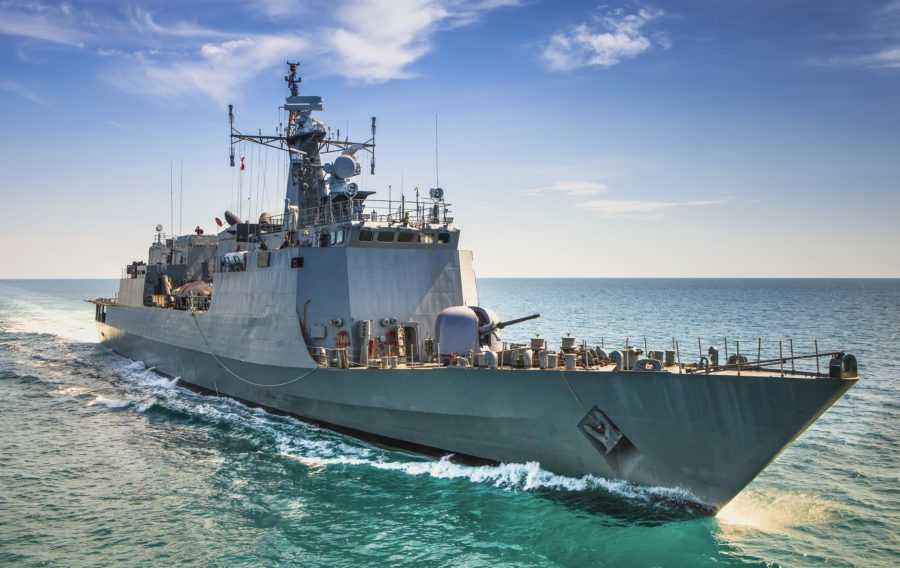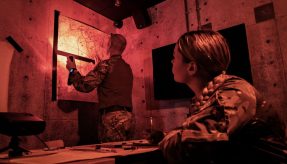
Indo-Pacific Navy forces from 10 countries have teamed up with the US Navy for the 18th SEACAT exercise in Southeast Asia.
The US Navy and 10 Indo-Pacific Navy organisations from 10 countries met in Singapore to launch the 18th South East Asia Cooperation and Training (SEACAT) exercise. The Training aims to improve coordination and communication and tackle issues such as smuggling and piracy.
The exercise provides realistic training scenarios and participants will train in identifying, tracking, and boarding ships. Participating nations include the United States of America, Thailand, Vietnam, Sri Lanka, The Philippines, Brunei, Bangladesh, Singapore, Indonesia, and Malaysia.
Commander David Negron-Alicea from the Defence Threat Reduction Agency said: “I challenge everyone to get to know your fellow Navy and Coast Guard participants — to observe with an open mind, share lessons that you’ve learned and best practices for the future.”
“By the end of the workshop, I look forward to seeing teams comprised of operators from each of the different partner nations here today working together and achieving success.”
In all, SEACAT includes 14 ships and more than 400 personnel, U.S. Navy units include the staff of Destroyer Squadron 7; P-8 Poseidon aircraft assigned to Task Force 72 and personnel from Task Force 73. Participants from the U.S. Coast Guard include Maritime Security Response Team West (MSRT) and Pacific Tactical Law Enforcement Team (PACTACLET).
The U.S. Coast Guard Maritime Security Response Team (MSRT) will conduct workshops and seminars during the visit on strategies for boarding, searching, and seizure techniques in Manila, Philippines, addressing a wide range of topics to include human trafficking, drugs and weapons smuggling, and illegal fishing. An operations centre in Singapore will act as the headquarters of the exercise, tracking vessels and sharing information across participants.
If you would like to join our community and read more articles like this then please click here.
Indo-Asia-Pacific region piracy SEACAT Southeast Asia tracking Training US Navy








